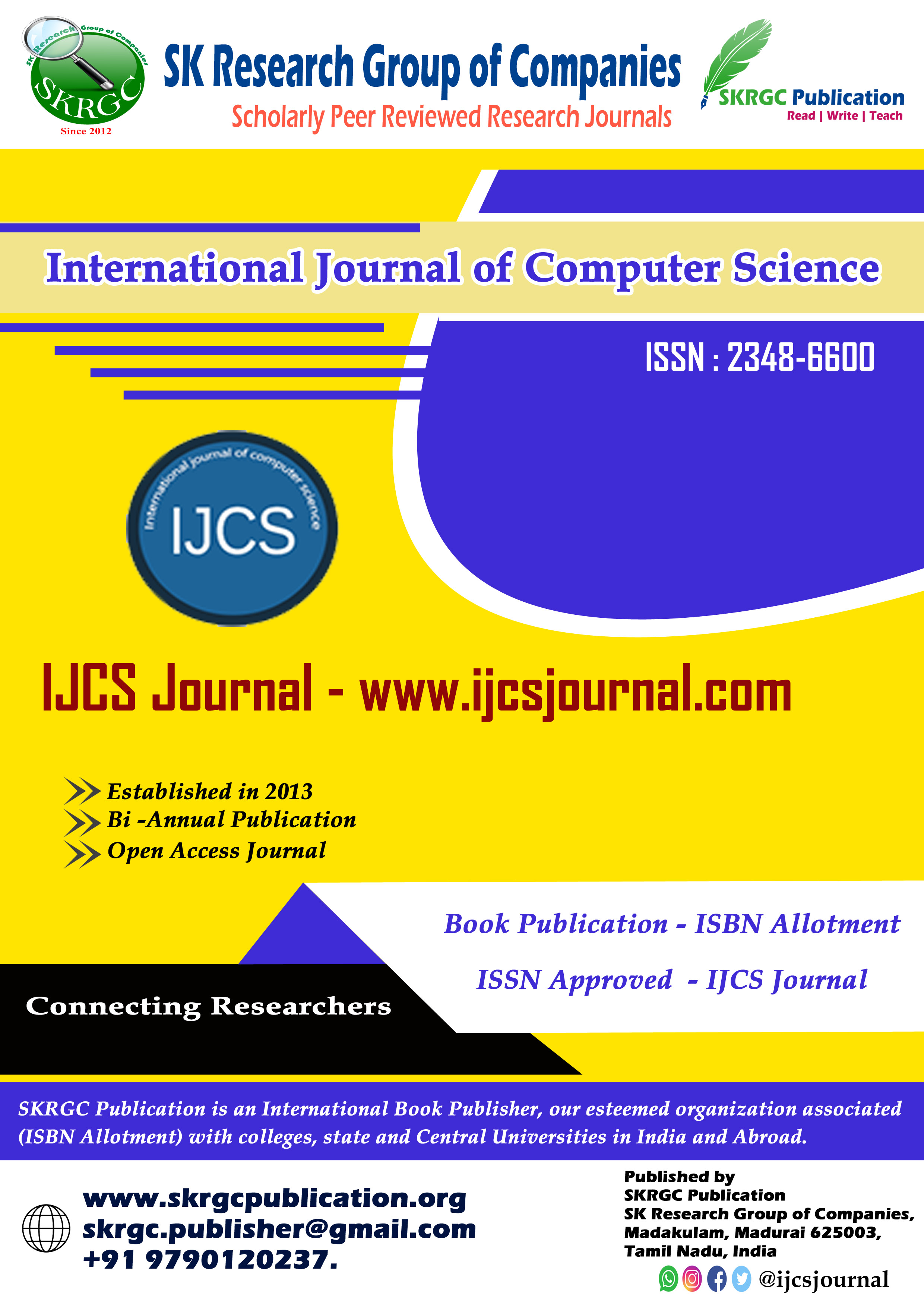A TWO-STAGE TEXT-TO-EMOTION DEPRESSIVE DISORDER SCREENING ASSISTANCE BASED ON CONTENTS FROM ONLINE COMMUNITY
International Journal of Computer Science (IJCS) Published by SK Research Group of Companies (SKRGC).
Download this PDF format
Abstract
Now a days the social media such as blogs, Twitter, Face book etc. are widely used for participatory information sharing and collaboration. The analysis of the Text-to-Emotion Depressive Disorder Screening Assistance from users text will helps to answer many questions .Main Aim of our proposed work obtain contents from social community are identified six emotional dimensions; angry, bored, excited, fear, happy, and sad using emotion-based clusters. Proposed work will find out risk screening assistance and group effectively by using emotion values. Our proposed process begins with applied to an internet based data source (Twitter) .Initially need to register with twitter developer account to get Twitter API Keys. After successful receive twitter key authentication will proceed by twitter .After authentication success proposed application get twitter time line data and store in database for Screening Assistance. Here the sentence which contains set of text will be extracted for the analysis. Proposed work will find out risk screening assistance and group effectively by using emotion values. The MCEBC_SVM classifies [multi class emotion-based classifier _support vector machine] the content. The semantic tagger is used for detecting emotional dimensions using emotion values. Finally every home line tweet will be display along with emotional dimensions. So that user can easily identify tweet time line along with emotional dimensions more easily and effectively.
References
1. Tie Hua Zhou, Gong Liang Hu and Ling Wang “Psychological Disorder Identifying Method Based on Emotion Perception over Social Networks” Department of Computer Science and Technology, Northeast Electric Power University, 2019.
2. Jun Zhang,Weili Wu, Xin Zhao, WeiZhang,“Recommended psychological crisis intervention response to the novel corona virus pneumonia outbreak in China?amodel of West China Hospital , Public Health emergency collectiford university ,Jun 2019.
3. D. Keltner, D. Sauter, J. Tracy, and A. Cowen, “Emotional Expression: Advances in Basic Emotion Theory,” Journal of Nonverbal Behavior, 2019
4. Chan, C.M., Ng, C.G, Taib, “Course and predictors of post-traumatic stress disorder in a cohort of psychologically distressed patients with cancer,2018.
5. A.Orabi, P. Buddhitha, M. Orabi, D. Inkpen, “Deep Learning for Depression Detection of Twitter Users,” the Fifth Workshop on Computational Linguistics and Clinical Psychology, 2018.
6. M. Deshpande, V. Rao, “Depression detection using emotion artificial intelligence,” International Conference on Intelligent Sustainable Systems (ICISS), 2017. 7. Guntuku SC, Yaden DB, Kern ML, Ungar LH, Eichstaedt JC. Detecting depression and mental illness on social media: an integrative review. Curr Opin Behav Sci. 2017.
8. Wongkoblap, A.; Vadillo, M.A.; Curcin, V. Researching mental health disorders in the era of social media: Systematic review. J. Med. Internet Res. 2017.
Keywords
Twitter, Text emotion, Text-to-Emotion, Online Community.

